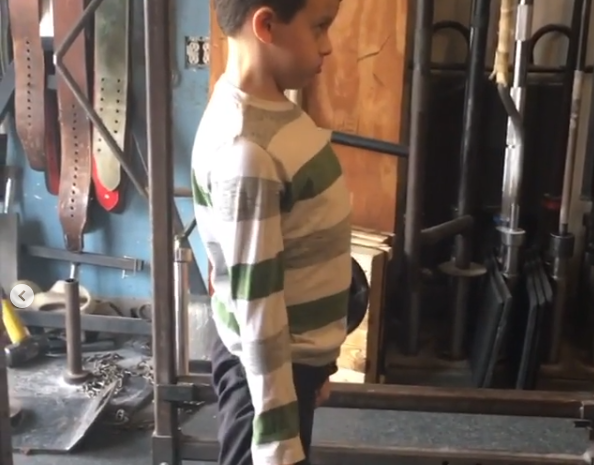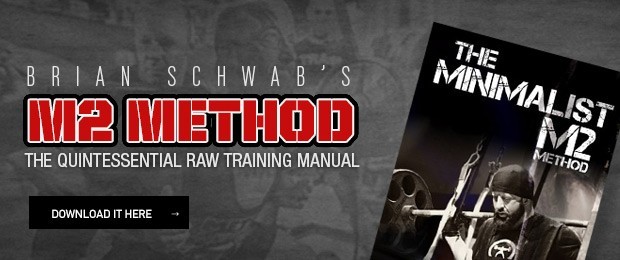
Some lifters bang their head on the bar before they squat, some prefer to just focus internally. Some benefit from having someone yell “back, back, back, back, up” while some need more precise cues such as “knees out,” “heels,” or “head up” while others prefer silence.
For bench the cues can range from “heels” to “belly” to “drive back” to “pull the bar apart” to “elbows” and even “pinkies.”
For deadlift they can range from “pull the bar in” to “heals” to “chest up” to “hips” to whatever else may work.
Depending on what will assist your lifter will determine what cues are ideal. As a coach, finding the right cues to assist your lifter can make a tremendous difference in their success, especially under the stress of competing in a meet.
My youngest client, Dean (who is only 8), is still growing and forever adapting to his body so his coordination is an ongoing process. I’ve done my best to correct his form, but it too is an ongoing process, as is determining what technique works best for him. In this first video you can see me trying to find the right cues with him pulling conventional out of the rack, then us transitioning to sumo out of the rack the following week in the second video. Even when he initiated the conventional pull with a flat back he still tended to round some. However, while pulling sumo, he did a much better job maintaining an upright position.
For Dean the ideal cue seemed to be “flatten out your back.”
Sumo definitely seems to work better for him and allows him to stay more upright, so we’ll gradually work his way down the rack as we try to keep his technique from wavering.
Dean enjoys lifting and has had nothing even close to an injury. He doesn’t even get sore since he’s young and his recovery time is very quick. I hope he will continue to enjoy lifting so that it can become a become a permanent part of his life.









